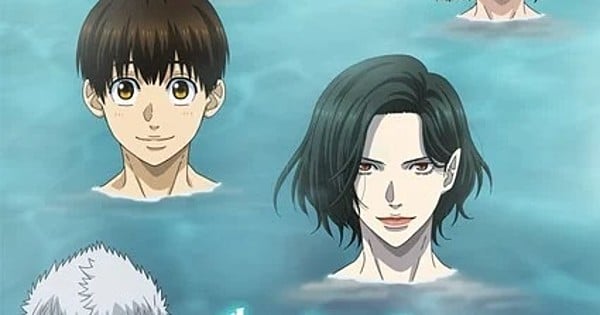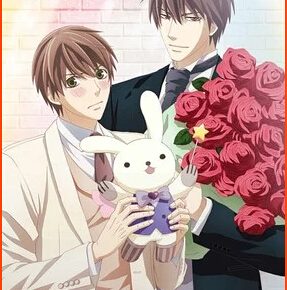The Legacy of Astro Boy and The Dynamics of Television Ratings in Japan
Astro Boy, the iconic anime character created by Osamu Tezuka, has remained a significant figure in the world of animation and pop culture. Debuting in the 1960s, Astro Boy has shaped the landscape of anime, influencing both creators and viewers over decades. The 1964 Astro Boy: Hero of Space anime film, which aired recently, although achieving a modest 1.6% rating, highlights the enduring legacy and appeal of the character to past and present audiences.
This analysis of television ratings provides insight into how various anime shows performed during the same week as Astro Boy: Hero of Space. Let’s delve deeper into these ratings to understand the pulse of Japanese anime viewership in the context of modern-day ratings.
A Closer Look at Anime Ratings
The Ever-Popular Sazae-san
Airing on Fuji TV, Sazae-san remains a favorite among Japanese households. With a remarkable 7.4% rating, it leads the pack of anime aired during the same weekend. Known for its family-friendly content and relatability, Sazae-san has been a staple in Japanese households for years, reflecting the everyday life experiences that resonate with viewers.
Competitive Rivals: Chibi Maruko-chan and Detective Conan
Following closely are Chibi Maruko-chan with a 5.5% rating and Detective Conan with a 5.4% rating. Both shows aired on Fuji TV and NTV respectively and have secured strong positions due to their unique storytelling and loyal fan bases. Chibi Maruko-chan’s humor and slice-of-life tales parallel the engaging mystery plots in Detective Conan, appealing to a broad demographic of viewers.
Late-night Thrills and Morning Comforts
Anime such as The Apothecary Diaries and Baban Baban Ban Vampire captured the late-night audience with their intriguing storylines, though their ratings were noticeably lower at 3.3% and 2.8% respectively. These time slots are often more challenging due to the limited audience available during late-night hours; however, they cater to niche viewers who seek specific genres that aren’t typically aired during prime time.
Doraemon, beloved by children and adults alike, maintained a solid viewership with a 3.2% rating, proving its timeless appeal on TV Asahi. Meanwhile, as One Piece concluded its slot with a 2.5% rating, fans eagerly anticipate what future timeslots and storylines hold for this iconic saga.
Child-Friendly Morning Shows
For the younger audience, shows like Animated O-saru no George (Curious George) and Animation Hitsuji no Shaun (Shaun the Sheep) provide morning entertainment with ratings of 1.9% and 1.7% respectively on NHK-E. These programs ensure that children have access to engaging and educational content to start their day.
The Methodology of Ratings
The provided table represents an estimate of the percentage of viewers in Japan’s Kanto region that tuned into these programs. The ratings are gathered through surveys, excluding the statistics of recordings watched at a later time. This method offers valuable insights into Japanese viewing habits and shifts in audience preferences.
The Influence of Time and Nostalgia
The modest 1.6% rating for Astro Boy: Hero of Space gently reminds us that time and nostalgia play a profound role in anime reception. While it might not capture the broad audience of today’s newest series, Astro Boy’s appearance on television underscores its role as a historical artifact that continues to inspire new generations.
Final Thoughts
Television ratings provide a fascinating lens through which to view the ever-evolving landscape of anime in Japan. Despite the changes in viewer preferences and the introduction of streaming platforms, iconic shows like Astro Boy continue to capture the imagination of audiences, old and new. As ratings fluctuate, they also reflect the broader cultural shifts happening within the industry and highlight the delicate balance between tradition and innovation that anime must navigate to remain relevant in a crowded media landscape.
Monitoring these trends not only provides an understanding of current viewer preferences but also offers a glimpse into the potential future directions of anime content. Whether through the nostalgic appeal of longstanding series or the fresh allure of new titles, anime remains a vibrant and integral part of global entertainment.



